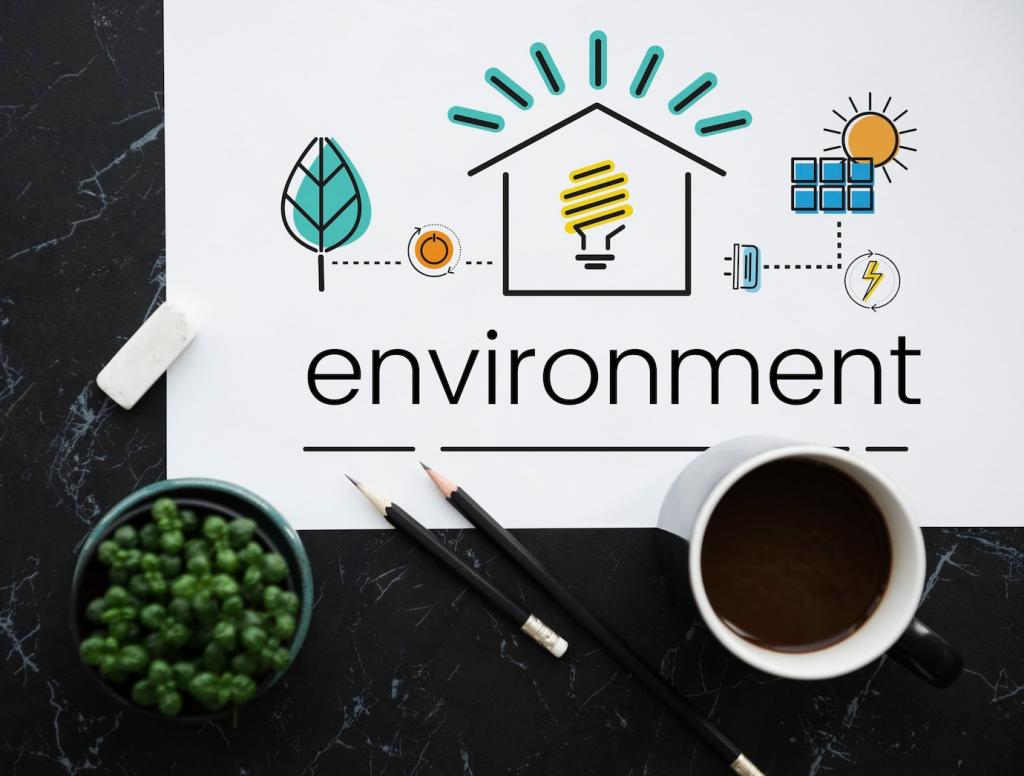Eco-Friendly Materials in Furniture Maintenance: Care That Respects Your Home and the Planet
Chosen theme: Eco-Friendly Materials in Furniture Maintenance. Welcome to a warm, practical guide to keeping your favorite pieces beautiful using gentler ingredients, smarter habits, and planet-positive choices. Join the conversation, subscribe for fresh tips, and tell us which eco material you trust most at home.



Why Eco-Friendly Furniture Maintenance Matters Now
Traditional polishes and strippers can release volatile organic compounds that linger in the air and irritate lungs. Choosing low-VOC oils, water-based waxes, and fragrance-free soaps helps maintain your furniture without fogging up the room. Subscribe to get our printable, low-VOC care checklist this week.
Why Eco-Friendly Furniture Maintenance Matters Now
When wood is nourished and fabric is cleaned gently, finishes last longer and cushions hold shape. Extending lifespan by even a few years significantly reduces total environmental impact. Post a before-and-after of your most durable piece and inspire someone to repair instead of replace.


Natural Cleaners That Actually Work
A simple 1:4 vinegar-to-water spray leaves glass, mirrors, and sealed laminate streak-free. Avoid vinegar on natural stone, waxed wood, or shellac, where acidity can dull surfaces. Wipe with a tight-weave microfiber, then buff dry to prevent water marks and extend the sparkle.
Natural Cleaners That Actually Work
A few drops of unscented castile soap in warm water gently lift everyday soils from sealed wood, rattan, and painted finishes. Dampen, never soak, and always follow the grain. Rinse with a clean, wrung cloth and dry immediately. Comment with your favorite dilution that truly works.
Plant-Based Oils and Waxes for Wood Care
Pure tung oil polymerizes into a durable, water-resistant film and ages beautifully; it is an excellent choice for frequently touched pieces. Raw linseed cures slowly, while “boiled” versions may include metal dryers. Always spot-test, allow generous curing time, and ventilate well during application.
Upholstery and Fabrics: Gentle, Green Strategies
Biodegradable enzyme formulas break down proteins in milk, wine, and pet accidents. Blot first, apply according to label, and avoid vigorous scrubbing that distorts fibers. Always patch-test on a hidden area. Share your toughest stain story and the enzyme solution that finally cracked it.


Sourcing and Storing Eco Materials Responsibly
Read labels and certifications wisely
Look for third-party verifications like Green Seal, Ecocert, USDA BioPreferred, and FSC for wood. Avoid vague claims such as “natural” without specifics. Transparent ingredient lists, clear dilution instructions, and disposal guidance indicate brands that respect your home and the environment.
Buy concentrates, refills, and locally
Concentrates reduce plastic and shipping emissions, and refill stations cut waste even further. Reuse sturdy spray bottles instead of buying new. When possible, support local makers using responsibly sourced oils and waxes. Comment with a nearby refill bar so other readers can visit this weekend.
Smart storage extends product life
Keep oils and waxes in airtight, labeled, amber glass away from heat and sunlight. Store cleaners out of reach of children and pets, and never decant into food containers. Organize a small caddy by room and show us your setup to inspire safer, tidier routines.
Join our mailing list
